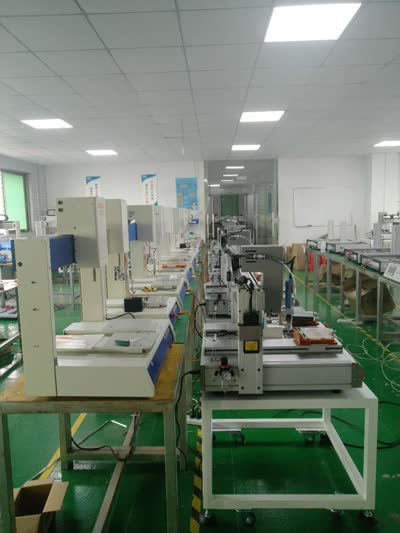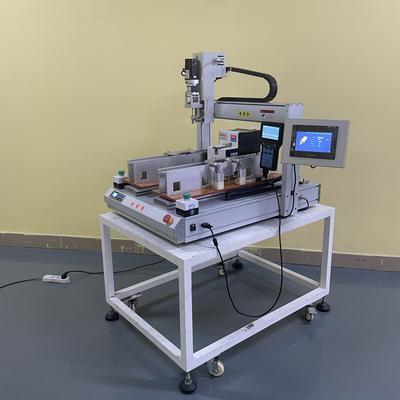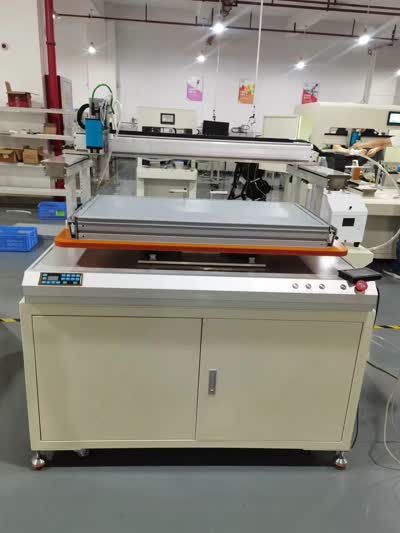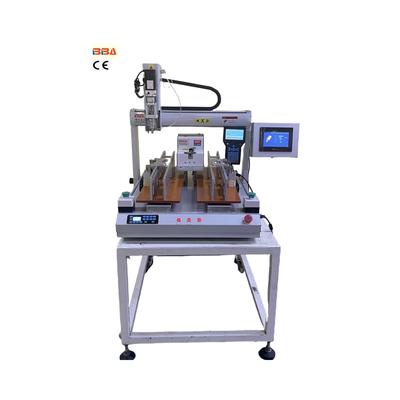Screw Locking Robot Solutions: Equipment Selection Guide for Industrial Control Panel Assembly
| Product Name | Applicable industries |
| Screw Locking Robot | Industrial Control Panel Assembly |
In modern manufacturing facilities, screw locking equipment is indispensable for ensuring product integrity and assembly efficiency. Selecting the right tier of equipment—entry-level or advanced—directly impacts throughput, quality control, and operational expenditure.
Entry-Level Screw Locking Solutions
Designed for small-scale operations or low-complexity tasks, entry-level screw drivers prioritize simplicity and affordability. These tools typically feature:
- Basic torque control (fixed or manual adjustment)
- Limited connectivity (standalone operation)
- Electric or pneumatic power options for lightweight use
- Minimal data logging capabilities
Ideal for startups or facilities with infrequent screw-driving requirements, these units reduce initial investment but lack precision tracking and process optimization features.
Advanced Screw Locking Systems
For high-volume or critical applications, advanced systems deliver unmatched precision and intelligence. Their capabilities include:
- Closed-loop torque/angle monitoring with ±1% accuracy
- Industry 4.0 readiness (IoT integration, OPC UA support)
- Real-time adaptive control systems
- Comprehensive traceability with encrypted data logs
- Multi-stage tightening sequences for complex joints
These systems prevent defects in sensitive assemblies like electronics or automotive components, providing actionable insights through centralized dashboards.
Critical Decision Factors
When evaluating both tiers, consider these operational parameters:
- Production Scale – High-volume lines justify advanced systems
- Error Sensitivity – Safety-critical applications demand precision analytics
- ROI Horizon – Advanced features deliver long-term cost reduction through waste minimization
- Scalability Needs – Modular systems accommodate future line expansions
Strategic Implementation Guidance
Hybrid approaches often yield optimal results: deploy entry-level tools for non-critical tasks while reserving advanced resources for quality-sensitive workstations. For growing operations, select equipment with upgrade paths to preserve capital investment.
Both equipment tiers have distinct value propositions. Understanding your technical requirements and production objectives ensures the ideal balance between operational efficiency and quality assurance.



